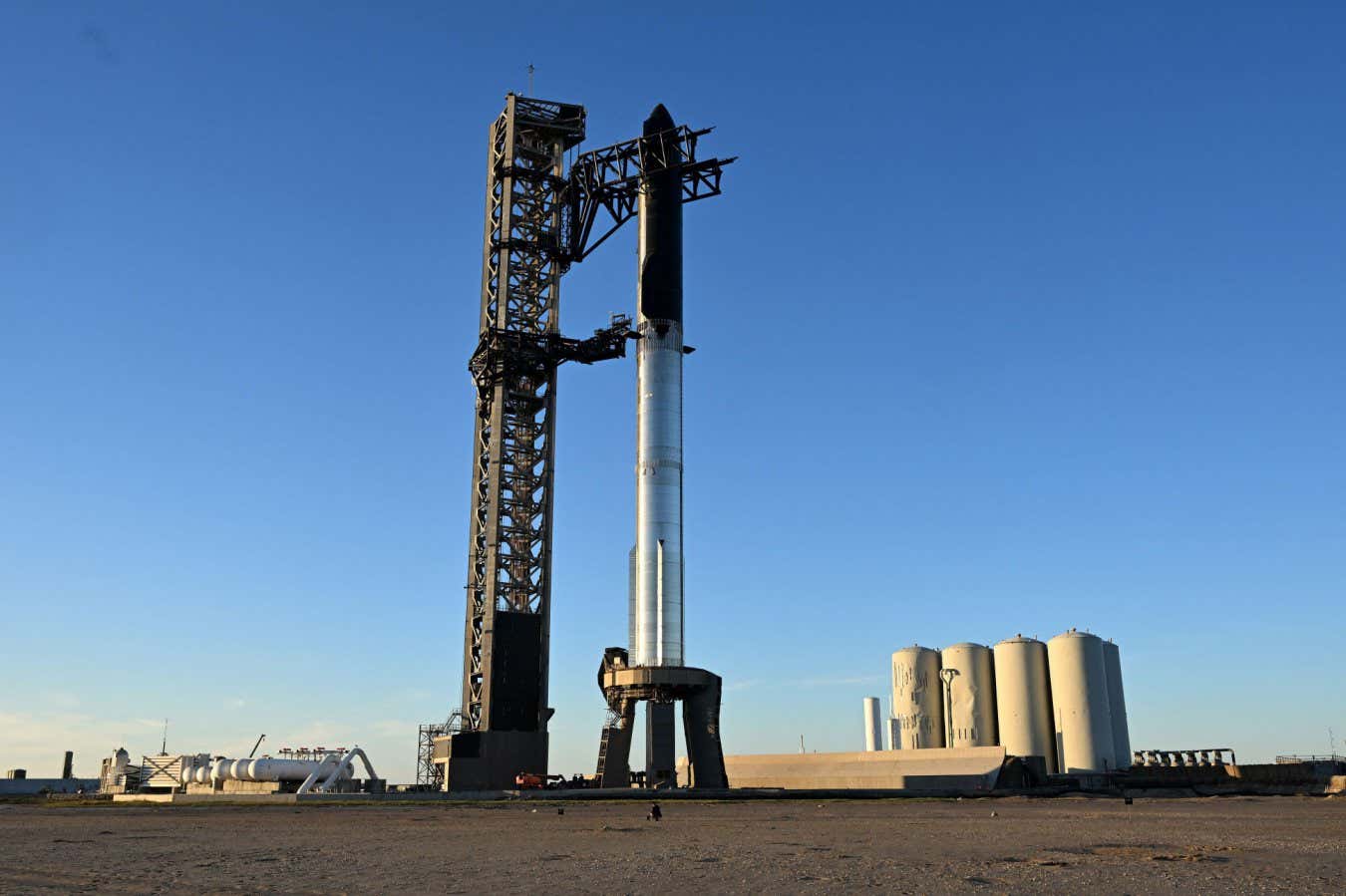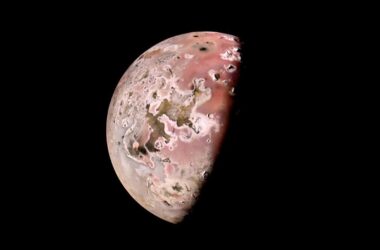Starship is ready for launch near Boca Chica, Texas
UPI/Alamy Stock Photo
SpaceX is gearing up for the second launch of its Starship rocket, scheduled for tomorrow. The first test flight in April ended in an explosion after flying for 5 minutes, so the upcoming launch is highly anticipated.
Elon Musk, SpaceX’s CEO, sees the success of this rocket as crucial for the company’s plans to send astronauts to the moon and eventually colonize Mars. However, local residents and environmental scientists are also hoping for a positive outcome, given the widespread impact of the previous test’s failure, which covered nearby houses in dust and debris.
Launch Schedule
The Starship launch is planned for a 2-hour window starting at 8am EST (1pm GMT) on 17 November. A live stream of the launch will commence 30 minutes earlier, at 7:30am EST (12:30 GMT).
The launch will take place from SpaceX’s Starbase spaceport near Boca Chica, Texas, with nearby residents advised to expect a loud noise during the event.
Destination and Objectives
If all preflight checks are passed, Starship will fly for 90 minutes after launch and then make a controlled descent, splashing down off the coast of Hawaii, following a flight plan similar to the first launch. The ultimate goal for Starship is to transport astronauts to the moon and eventually to Mars, with a capacity to carry up to 100 passengers, if the tests prove successful.
Past Launch and Improvements
The previous launch in April saw Starship catch fire after reaching a height of around 40 kilometers, leading to its self-destruction triggered from the ground due to propellant leaking into the booster rocket, affecting Starship’s flight computer. This led to the identification of 63 corrective actions by the US Federal Aviation Administration (FAA) for SpaceX to address before a second launch, related to issues such as leaks, fires, and launch pad robustness. SpaceX claims to have rectified these problems and incorporated enhancements for the upcoming launch, with FAA approval.
Potential Outcomes
With the inherently high risk of rocket tests, Elon Musk has estimated the chances of a successful orbital launch at about 60 percent. SpaceX acknowledges these failures as a crucial part of the design process. The previous explosion drew criticism from environmental groups due to its significant impact on the surrounding environment. SpaceX states that it has taken measures to reduce the risk of a similar occurrence, such as reinforcing the launch pad and installing a “water-cooled flame deflector.” However, there are no guarantees, and if another failure ensues, it is likely that the FAA will conduct another investigation before granting approval for a third launch.
Topics:








